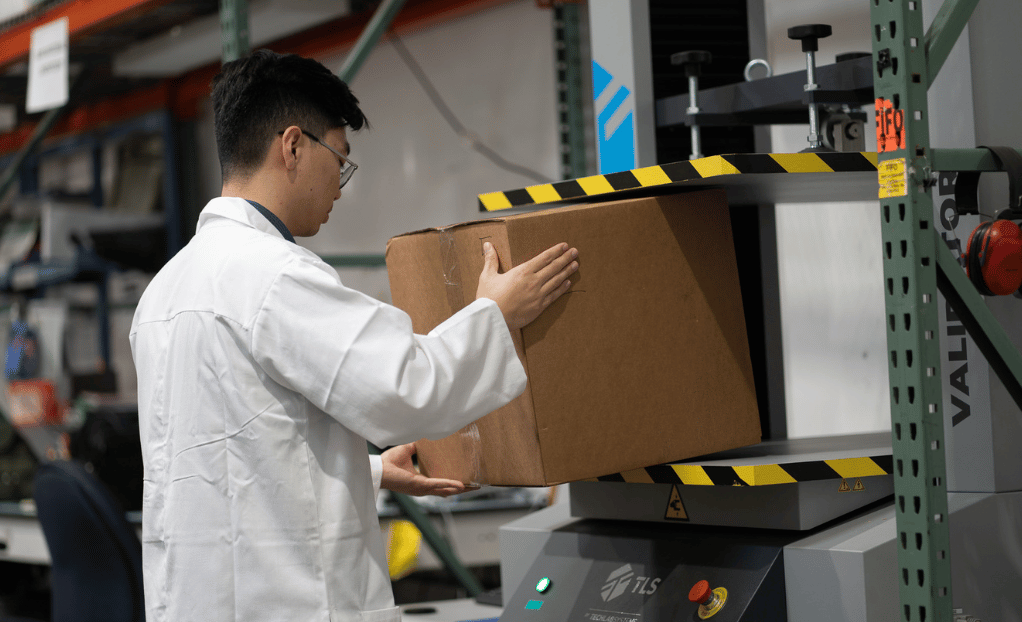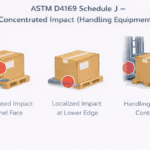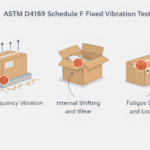Medical device packaging development is a necessary process to ensure the safety and efficacy of your medical devices and should be addressed early in the overall product development stages to reduce risk and eliminate potential for surprises or delays in delivering the product to market.
Understanding packaging development steps can streamline your product planning and distribution efforts. The following will guide you through each step of the process and provide information to help you develop high-quality packaging for your medical devices with a capable and reliable package development partner.
Step 1: Define Packaging Requirements and Risk Assessment
The first step in the medical device packaging development process is to define the packaging requirements and assess potential risks. Packaging requirements outline what is necessary for the product itself. Risk assessment can pinpoint potential hazards to the packaging and to the sterile barrier. Determining potential for risk can establish which effective and cost-saving packaging improvements, such as pre-validated packaging, may be ideal to preserve device integrity and can be implemented for the final output.
Requirements and risk assessments must consider the following factors:
• Device size, shape and weight
• Potential need for multiple layers
• Intended use of the device
• Storage environment temperatures
• Transportation needs
Working closely with the design team early in the development process and in a timely fashion can ensure your packaging requirements are met.
Step 2: Design the Medical Device Packaging
After packaging requirements have been defined and risk assessment conducted, it’s time to design the actual packaging. Package design considerations will follow the requirements and the risk assessment findings to protect the device during transport and the delivery process, and even when in storage. Another critical component for package design is which sterilization process will be used for your device: EtO, radiation or something else. Additional considerations look at how the packaging will be opened by the end user, and if the design is easy to open (does the design support painless device removal from the packaging). Yet another factor is if the packaging will be recyclable.
Your packaging partner will address all these issues by:
• Selecting the appropriate materials
• Determining package structure
• Creating a prototype
Your design team should work closely with the packaging resource to verify your medical device package design is optimized for production and addresses all required standards.
Step 3: Test and Validate the Medical Device Packaging
Once design has been determined, packaging will be tested and validated to verify that it meets all regulatory requirements such as ISO 11607 and can effectively protect the device until it reaches the end user. Validation focuses on the specific elements to achieve requirements, assumptions and capability assessments.
A validation plan must be established in the beginning of the validation and testing process. It should clearly identify what is covered (and what is not covered) by the testing. Documentation and approvals are necessary elements of the package validation process and should be conducted throughout testing and upon completion.
Validation ensures:
• Durability of the packaging overall
• Device sterility guarantee to the end user
• The packaging can withstand rigors of transportation
Validation requires a statistically significant number of samples to identify potential packaging failures, a requirement outlined in ISO 11607. Your packaging manufacturer should have a comprehensive testing and validation process in place to make sure that your packaging will meet all the necessary requirements.
Step 4: Produce and Distribute the Packaging
After the testing and validation process, it’s time to produce and distribute it. Your packaging manufacturer should have the necessary capabilities to produce high quality, regulatory compliant packaging in large quantities and at a speed that will meet the demand for your device. Be sure to work closely with your logistics team to ensure that your packaging is properly transported and stored to maintain packaging and device integrity.
Conclusion
The medical device packaging development process requires careful planning, design, testing and validation. By following the steps outlined above, you can be confident that your medical device packaging is optimized for safety, efficacy and regulatory compliance. At LSO, we specialize in medical device packaging development and can provide you with the expertise and resources you need to develop high-quality packaging for your medical devices.
Looking for more information on medical package testing? Read Preventing Damage and Maintaining a Sterile Barrier: Why Medical Device Distribution Testing is Necessary.
Start up. Speed up. Scale up. Founded in 1997, Life Sciences Outsourcing is an FDA-registered and ISO 13485-certified organization with services and capabilities spanning the entire medical device product life-cycle – from turnkey manufacturing, testing, validation, and sterilization to precision packaging, fulfillment, and distribution. Email us at info@lso-inc.com or call (714) 672-1090 today to get started.





